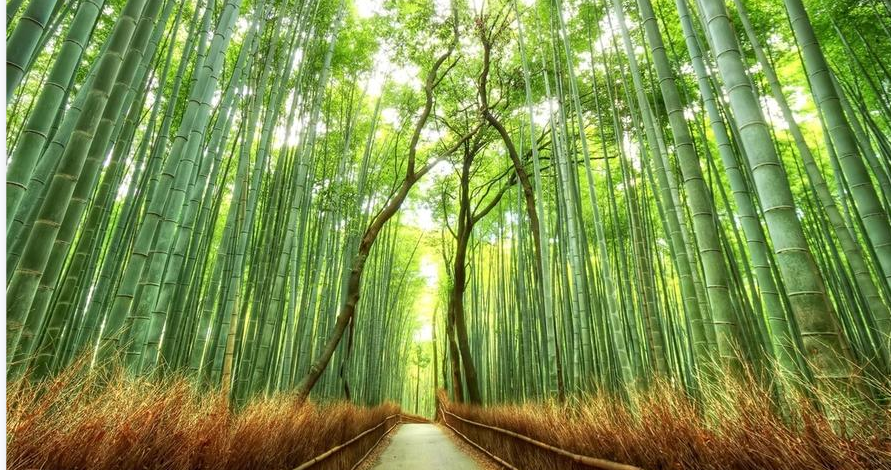There are more than 500 kinds of bamboo species in my country, and there are about 1,200 kinds of bamboo in the world. Bamboo’s tensile strength and bearing capacity are 1-3 times that of general woods, and it has good elasticity, which is a good material for construction.
Of course, bamboo can also be made into our commonly used bamboo mats, bamboo beds, bamboo cabinets, bamboo chairs and so on. In addition, bamboo can also make musical instruments, such as Sheng, Guan, Xiao and so on. Bamboo-woven handicrafts are even more dazzling and have a strong ornamental value. The crispy and sweet bamboo shoots can also be eaten, and the bamboo can also be used as medicine. Specifically, bamboo products have the following characteristics:
First, it is warm in winter and cool in summer. Due to the natural characteristics of bamboo, its moisture absorption and heat absorption performance is higher than that of wood.

Second, bamboo has the advantages of tensile strength, compressive strength, and good bending strength. In the East, bamboo is also a symbol of elegance, uprightness and perseverance. People can use bamboo to make various household utensils, such as bamboo baskets, bamboo baskets, Bamboo stools, bamboo beds and even bamboo houses are widely used in people’s lives.
The third is environmental protection. Bamboo belongs to herbs and is one of the fastest growing plants in the world. Bamboo can be grown into wood in three or four years, and can be regenerated after being cut down. For my country, where the environment is deteriorating and the natural forest stock is very low, it is not a bad idea. It is a high-quality alternative material, and special glue is used on the bonding, which avoids the harm of formaldehyde to the human body and is beneficial to human health. Bamboo tableware and bamboo furniture generally refer to household items developed and produced based on bamboo, bamboo glulam, and bamboo wood-based panels. Experts once predicted that bamboo furniture will become the new darling of furniture in the future due to sufficient raw materials, low prices, and careful design under the premise of lack of global wood resources.
